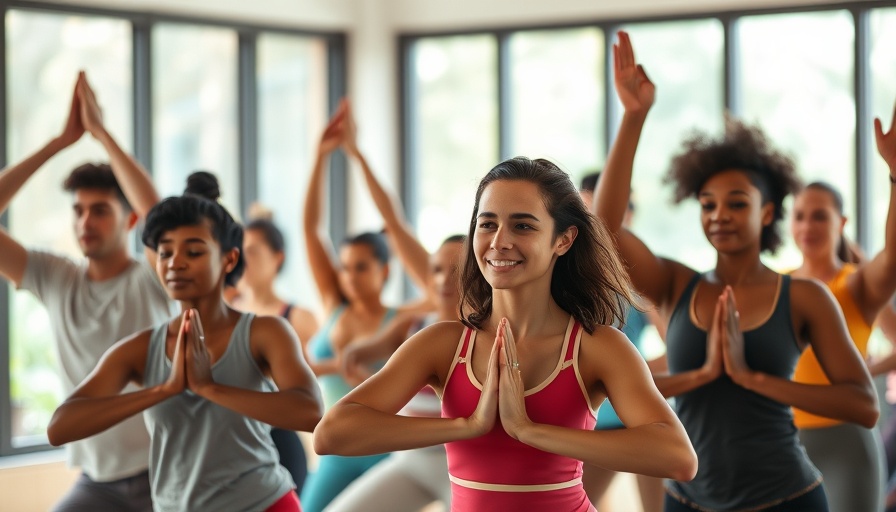
Understanding the Role of Vitamin D in Blood Sugar Management
Diabetes is not just a personal health issue; it's becoming a national concern, especially here in Fresno, California. With nearly 22 million adults diagnosed with Type 2 diabetes in the United States alone, it's critical to explore nutritional solutions such as vitamin D, which has emerged as a game-changer in managing blood sugar levels. Studies show that nearly half of those with Type 2 diabetes are vitamin D deficient, making it essential to assess our intake of this crucial nutrient.
The Link Between Vitamin D Deficiency and Diabetes
Recent findings indicate a strong correlation between vitamin D levels and diabetes risk. In fact, a staggering 29% of U.S. adults are facing vitamin D deficiency, with a significant portion also affected by prediabetes. This startling statistic holds particular relevance for Fresno residents, where sunny days can sometimes create a false sense of adequate vitamin D exposure. Many factors, such as lifestyle, dietary habits, and even skin pigmentation, can affect our body’s ability to synthesize vitamin D naturally.
How Vitamin D Helps Regulate Blood Sugar
Vitamin D plays a crucial role in insulin secretion by stimulating pancreatic beta cells. Insulin is the body’s primary hormone for regulating blood sugar, affecting how we metabolize carbohydrates, fats, and proteins. Research published in the Journal of Steroid Biochemistry and Molecular Biology has shown that the active form of vitamin D, 1α,25-dihydroxyvitamin D3, significantly influences insulin production. By increasing vitamin D intake, those with prediabetes can potentially lower their risk of progressing to Type 2 diabetes and manage their current health conditions more effectively.
Navigating a Vitamin D-Rich Diet
If you suspect you might be vitamin D deficient, especially if diabetes runs in your family, consider enriching your diet. Foods rich in vitamin D include fatty fish like salmon, fortified dairy products, and egg yolks. Additionally, spending time outdoors can help boost your vitamin D levels, but be mindful that factors like sunscreen and time of day can inhibit this process. If you have questions about your vitamin D levels, a conversation with a healthcare provider could provide clarity and direction.
Future Predictions: Vitamin D as a Key Nutritional Strategy
The conversation about vitamin D's role in diabetes management is just beginning. As ongoing research investigates its benefits, we may see shifts in dietary guidelines and public health recommendations. This could open up new opportunities for preventative care strategies targeting not only diabetes but also other chronic health conditions linked to vitamin D deficiency.
Empowering Yourself With Knowledge
Understanding the impact of vitamin D on blood sugar regulation empowers you to make informed decisions about your health. Whether considering dietary changes or sun exposure, knowledge serves as a powerful tool. Taking proactive steps can lead to a healthier lifestyle, enhancing your well-being and possibly reducing the risk of serious metabolic disorders.
Join the Movement Towards Better Health
As residents of Fresno, we have the opportunity to create a supportive community focused on wellness. Engage with local health initiatives that promote awareness about nutrition and diabetes prevention. By participating in health workshops or local fitness events, we can learn together and share strategies for healthier living.
In conclusion, increasing your vitamin D intake could be a key factor in managing your blood sugar levels and mitigating the risks associated with Type 2 diabetes. Start today by considering your dietary choices and exploring how to incorporate more vitamin D into your daily routine.
 Add Row
Add Row  Add
Add 



Write A Comment